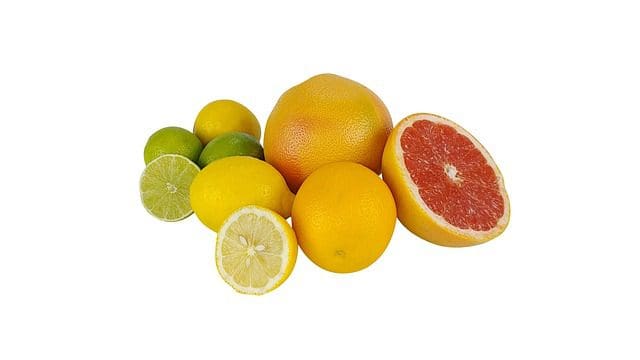Do you have someone in your home always complaining of stomach pains, bloating, gas, and sometimes diarrhea? These could be signs of irritable bowel syndrome (IBS). It is a condition that affects the stomach and the intestines. Irritable bowel syndrome is a chronic condition that does not have a cure but can be managed through diet, lifestyle change, and stress management.
To manage irritable bowel syndrome, a Low fodmap diet is recommended. Irritable bowel syndrome can be triggered by food or stress. It may come about due to
Table of Contents
1. Strong muscle contraction that is prolonged in the intestines
Food moves through the intestines through the process of Peristalsis. The contraction of the muscles of the intestines creates it. Strong muscle contractions that take longer cause food to move through the intestines fast. This, in turn, causes bloating and loose stool.
2. Stress, especially in the early life of a person
It has been observed that people who have had a stressful and traumatic early life develop more symptoms of irritable bowel syndrome.
3. Severe gastroenteritis infection
Gastroenteritis is brought about by a severe bacterial or viral infection in the stomach. The symptoms are vomiting, stomach cramps, and diarrhea. Gastroenteritis causes inflammation of the intestinal walls. This inflammation and irritation cause food to move through the intestines fast, leading to bloating and diarrhea.
Choosing a Low FODMAP diet
FODMAP stands for Fermentable Oligo-, di-, Monosaccharides, and Polyols. These are non-digestible carbohydrates. Though non-digestible, they force water into your digestive tract since they are osmotically active. These foods are fermented by gut bacteria, causing gas accumulation and bloating.
The aim of choosing a low-fodmap diet is to reduce or eliminate our daily foods high in Fodmap. They include fruits, vegetables, grains, and dairy products that cause irritable bowel syndrome. Coincidentally, some foods that bring about fructose intolerance are high on fodmap.
Foods that are high in Fodmap and should be avoided such as:
- Garlic – Has very high fodmap
Some low fodmap substitutes are Ginger, garlic-infused oil, cumin, oregano, lemon grass, paprika, turmeric, and mustard seed.
- Onions – Are also concentrated with high fodmap.
Some substitutes include spring onions leaves, leeks leaves (avoid bulb), and chives.
- Fruits – Fruits considered high in fodmap are those high in fructose. Fruits high in fodmap include apples, apricots, black, blue, and raspberries, watermelon, pears, mangoes, peaches, nectarines, plums, and figs.

Substitutes low in fodmap include Bananas, pineapples, kiwi, papaya, limes, lemons, mandarins, oranges, passionfruit, and starfruit.
- Vegetables – Some vegetables are quite high in fodmap. They include Snow peas, leeks, asparagus, beets, butternut squash, cauliflower, mushrooms, red bell pepper, karela, mushrooms, and Brussels sprouts.
The alternatives to choose from that are low in fodmap are spinach, cabbage, kales, carrot, eggplant, lettuce, okra, tomato, yams, cucumber, bean sprouts, and collard greens
- Dairy products – They contain high content of Lactose. Avoid milk, yogurt, custard, and kefir.
The substitutes include Lactose-free milk, ghee, whipped cream, sour cream, and all cheese.
- Wheat – is the largest contributor to high fodmap. Get substitutes like rice, rye, and maize. Millet and outs
In summary:
A low-fodmap diet will ensure a quality life for anyone struggling with irritable bowel syndrome (IBS).
Featured Photo by Andrea Piacquadio: https://www.pexels.com/




